Basquiat at the Barbican: Boom for Real
Curator Eleanor Nairne talks about the influences to be found in the pioneering work of Jean-Michel Basquiat in his first UK retrospective
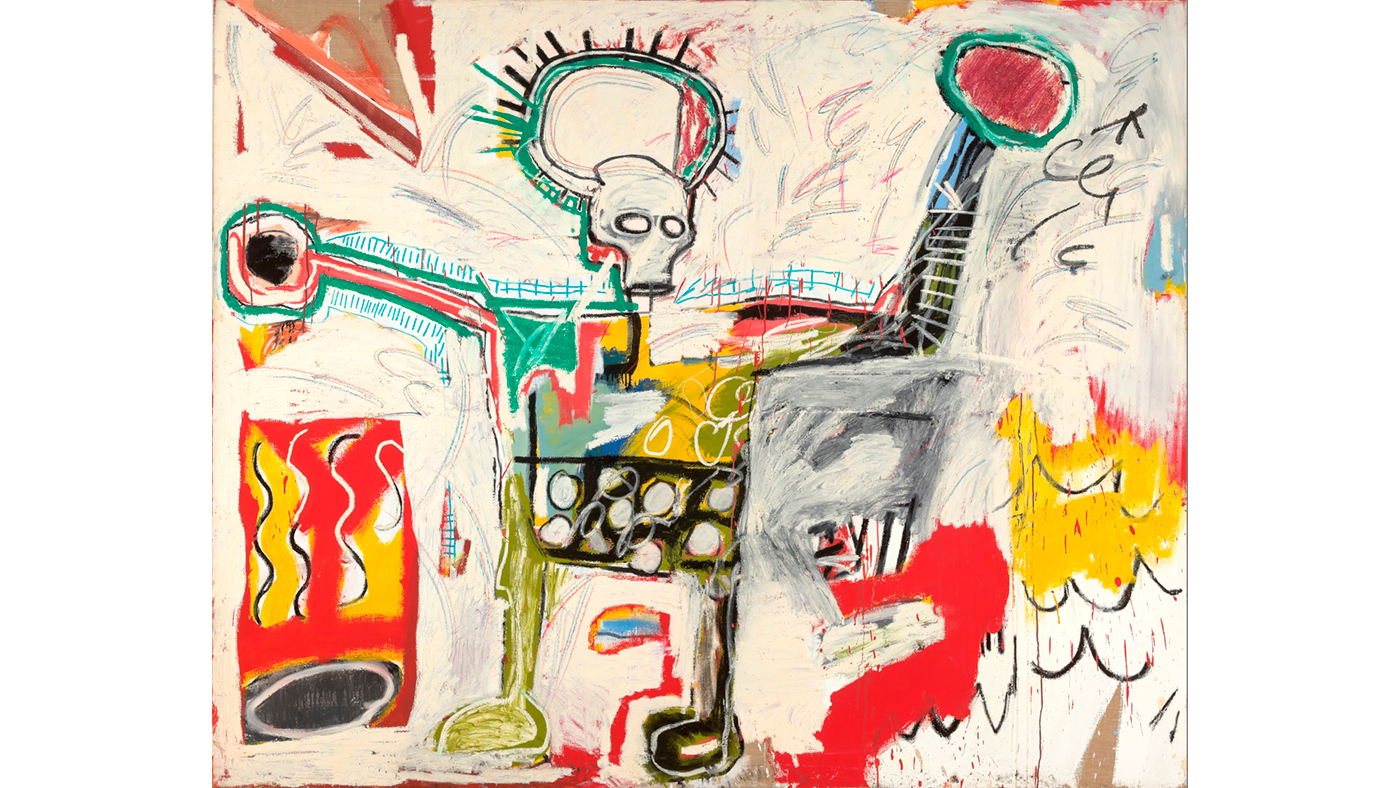
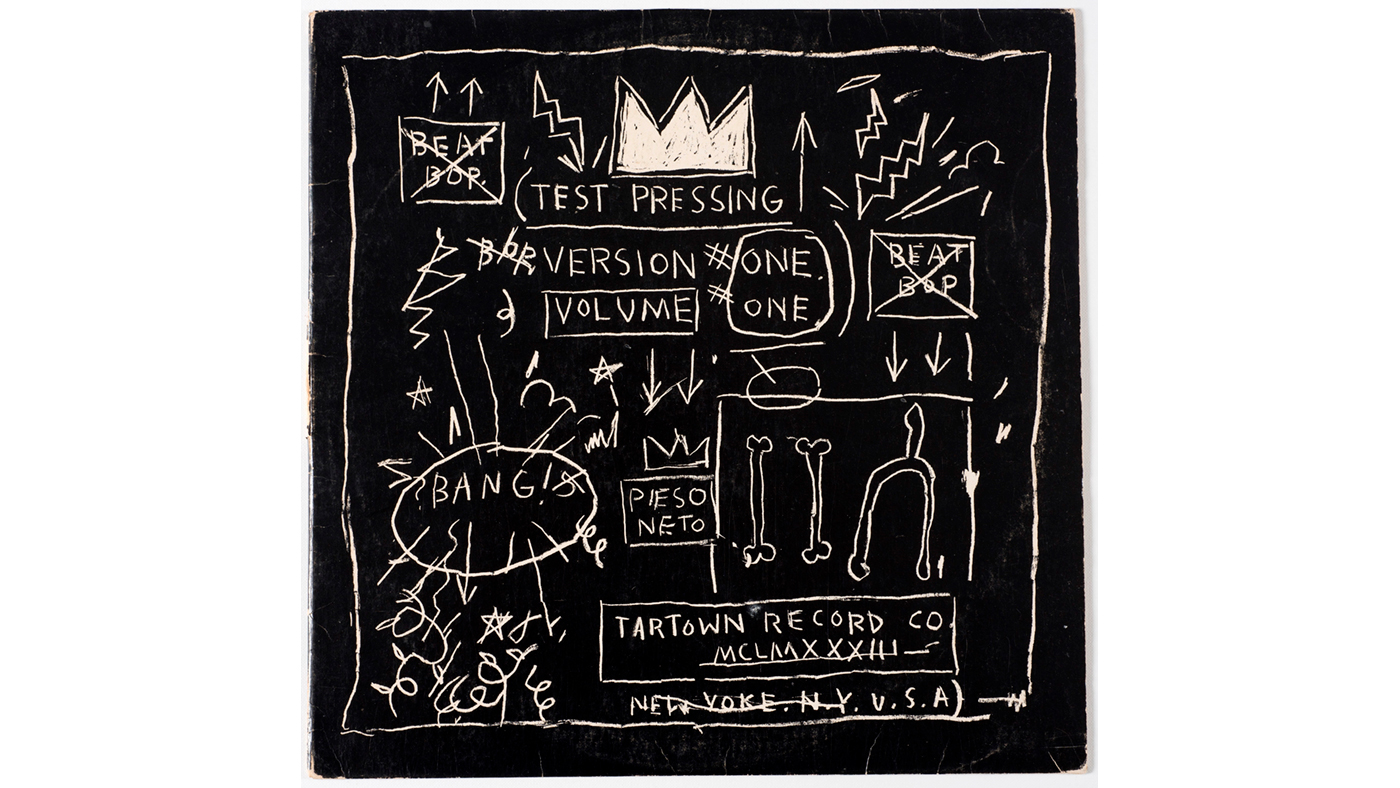
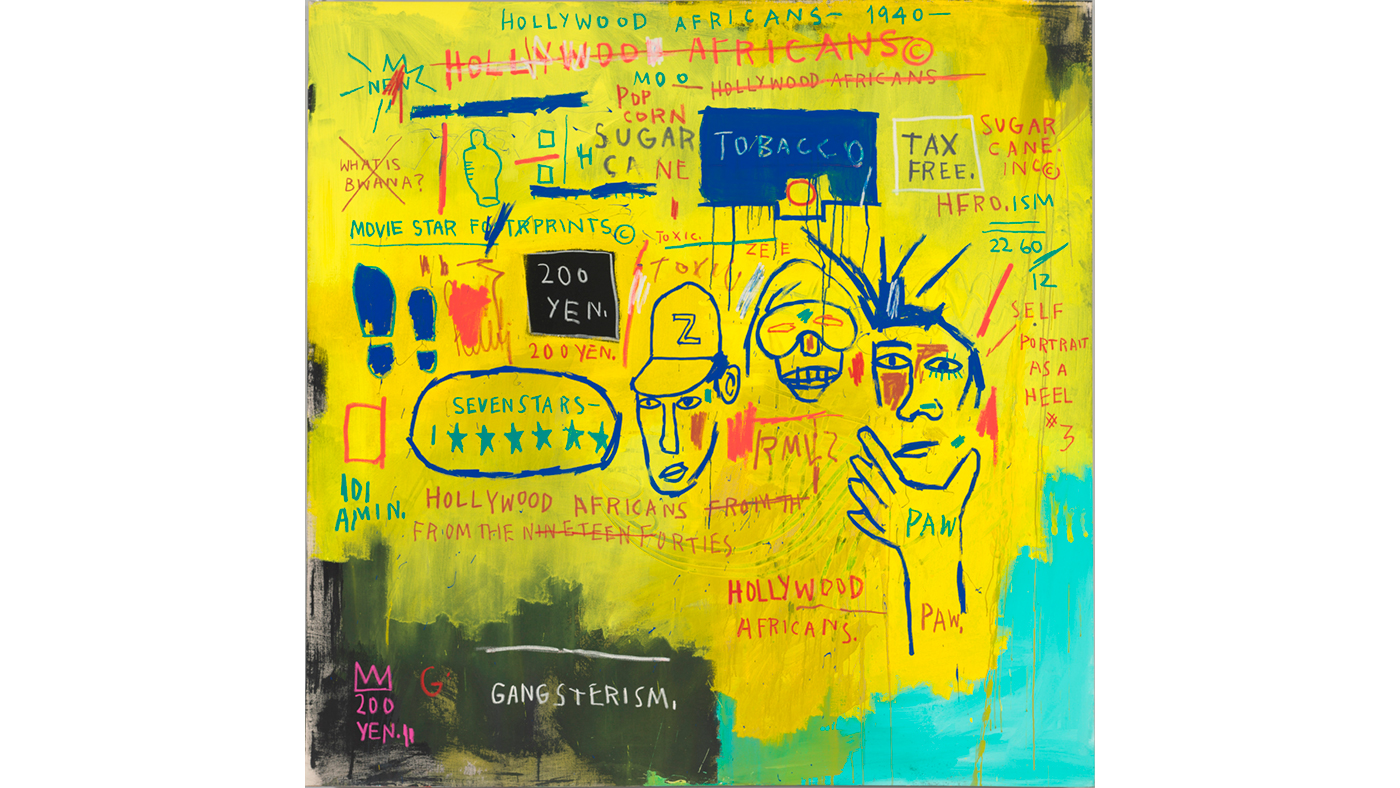
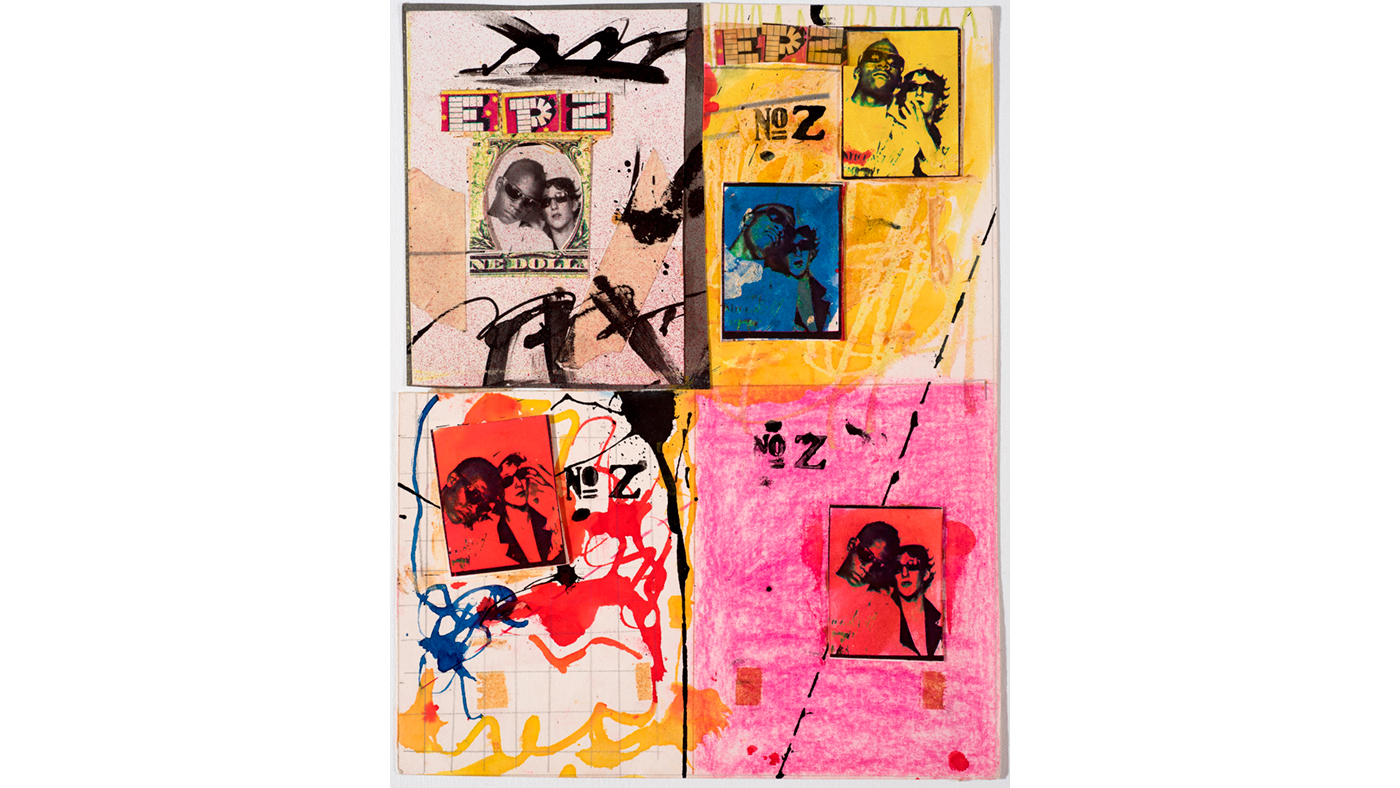
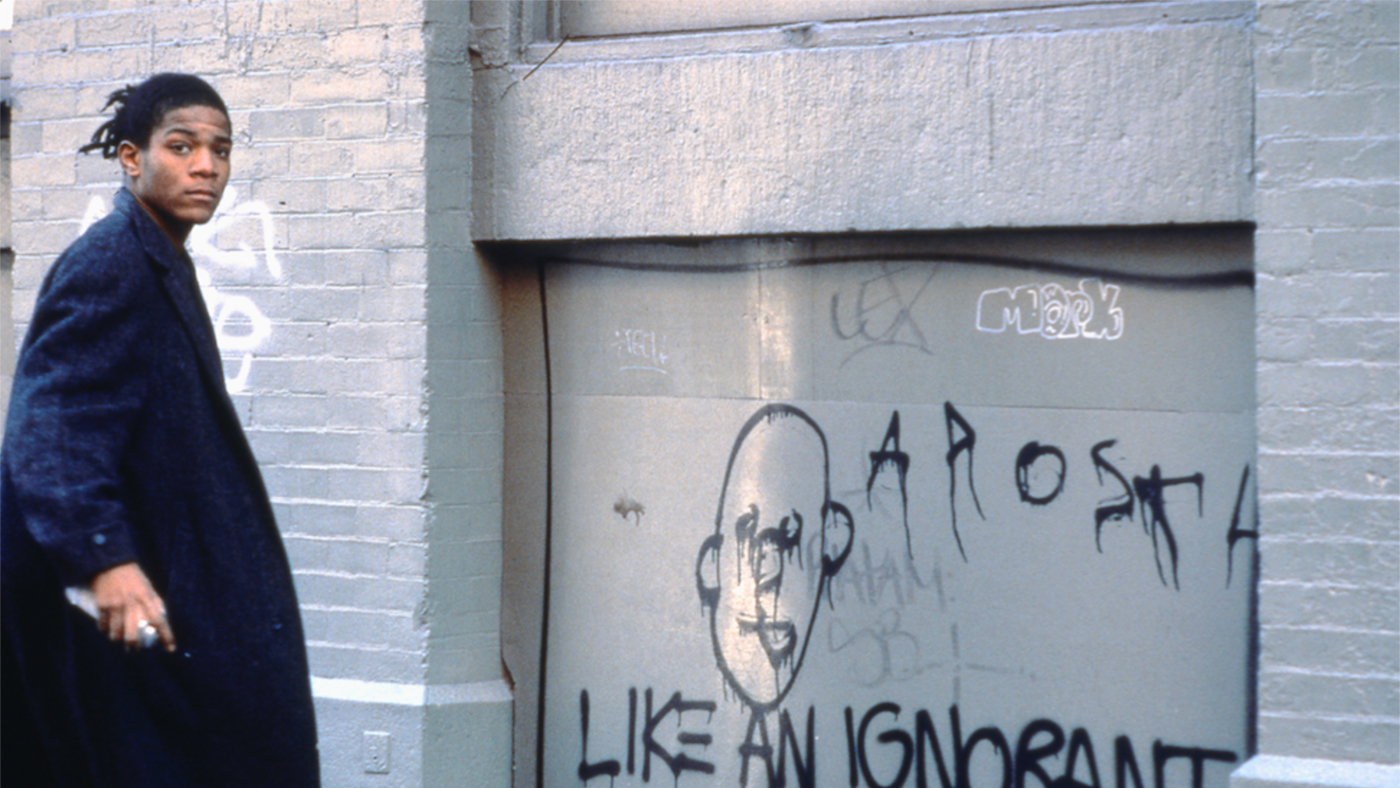
Boom for Real is the first major UK retrospective of Jean-Michel Basquiat. What can we expect from this exhibition?
To be able to delve into a celebration of Basquiat's life and work. One of the things that's so exciting for us at the moment while we're installing is just to be reminded of the sheer force of these works in the flesh. Most of us are familiar with them in reproduction, such as in books, or on postcards and T-shirts, but to behold them in person is a revelation. What we've tried to do [in the exhibition] is situate the work in a kind of moment of that time of New York in the late 1970s to early 1980s. We've tried to give an impression of what that time was like for Basquiat and how that infiltrates the work, so we've got video clips and archive material, photography, designs for posters – all this rich material that allows the paintings to be seen in their most vibrant form.

Who do you think the exhibition will appeal to?
The Week
Escape your echo chamber. Get the facts behind the news, plus analysis from multiple perspectives.

Sign up for The Week's Free Newsletters
From our morning news briefing to a weekly Good News Newsletter, get the best of The Week delivered directly to your inbox.
From our morning news briefing to a weekly Good News Newsletter, get the best of The Week delivered directly to your inbox.
Everyone! Honestly, the reason why I find Basquiat such a compelling artist is because he had this capacity to speak to so many different sorts of people. I sometimes think about his upbringing in Brooklyn, the fact his father was Haitian and his mother second-generation Puerto Rican. He spoke English, French and Spanish at home, and when you grow up in a multilingual home you have to be able to pivot very quickly between different languages. I think that's somehow what his work managed to do, they speak several languages simultaneously. So on the one hand they're full of popular references of anything from cartoons to conversations he might be having with friends, but then he'd also have quite highbrow references like the history of western 20th-century painting or African folk traditions or bebop jazz, so it means they're steeped in meaning and everyone can find something in them.
His work seems to encompass a number of themes. What were his primary influences?
One of the most interesting things about the way he worked is that he had an almost insatiable appetite for information. We have a pretty good idea about the exhibitions he visited, the books he read, the music he listened to and the films he went to see, and a lot of that information is in the exhibition to help guide visitors and give insight into what the paintings might be referring to. A reason he remains so relevant today is because he's quite prototypical of how we work today with multiple tabs open on our screens and streaming so many different sources of media simultaneously. It's quite remarkable that he worked in a pre-digital age.

Yes, he seemed to be very ahead of his time yet you could also say that his art is very of its time too.
A free daily email with the biggest news stories of the day – and the best features from TheWeek.com
I think that's very true. It's quite a difficult thing to articulate how something can both belong entirely to a very particular period of history yet simultaneously seem to be speaking forward, projecting itself into the future moment. One of the things that I always found really powerful about his life story is that, here's a guy who doesn't have any formal artistic training, he chooses to leave school at 16 and is very much a self-made man, he has extraordinary determination about the artist he is to become. Originally he steps into the downtown New York scene and starts doing graffiti in the art duo SAMO, and then he was making these collages and postcards and customising american football helmets. He was compulsively making work which in the early years he would sell in the street. In that sense he had this amazing entrepreneurial spirit, which of course you see in a lot of the YouTube generation. It's partly self-promotion but it's partly about audacity – having that absolute faith in yourself. Another way in which we might think of Basquiat as being contemporary is that he didn't really define himself. I'm very conscious that people think of him primarily as a painter now, but at the time he worked as much in graffiti and poetry and music and performance and all of these different fields. They were all an expanded part of who he was as an artist and I think it's really about having that kind of conviction in yourself and that compulsion to make work and to share what you want to make and what you want to say to the world.

Was he politically motivated?
Yes, I think he was a very political artist. It was a difficult time to be working as a young black artist in New York and he was a relatively anomalous figure. His experience of racism – which was likely a daily experience for him – was a lot of what he channelled into his work and into his thinking about what it meant to be an artist of mixed cultural heritage.
What do you think is Basquiat's lasting impact on the art world?
I think it's enormous and I think it's growing, actually. Often with an artist we think of them as making a statement either during their lifetime or immediately after their lifetime and then it's a question of how long that relevance might sustain. With Basquiat I think one of the things that's so formidable about the work is that it's growing in relevance – it's work that feels more alive as the years go by.
Basquiat: Boom for Real is at the Barbican from 21 September 2017 until 28 January 2018; barbican.org.uk
-
 Political cartoons for January 4
Political cartoons for January 4Cartoons Sunday's political cartoons include a resolution to learn a new language, and new names in Hades and on battleships
-
 The ultimate films of 2025 by genre
The ultimate films of 2025 by genreThe Week Recommends From comedies to thrillers, documentaries to animations, 2025 featured some unforgettable film moments
-
 Political cartoons for January 3
Political cartoons for January 3Cartoons Saturday's political cartoons include citizen journalists, self-reflective AI, and Donald Trump's transparency
-
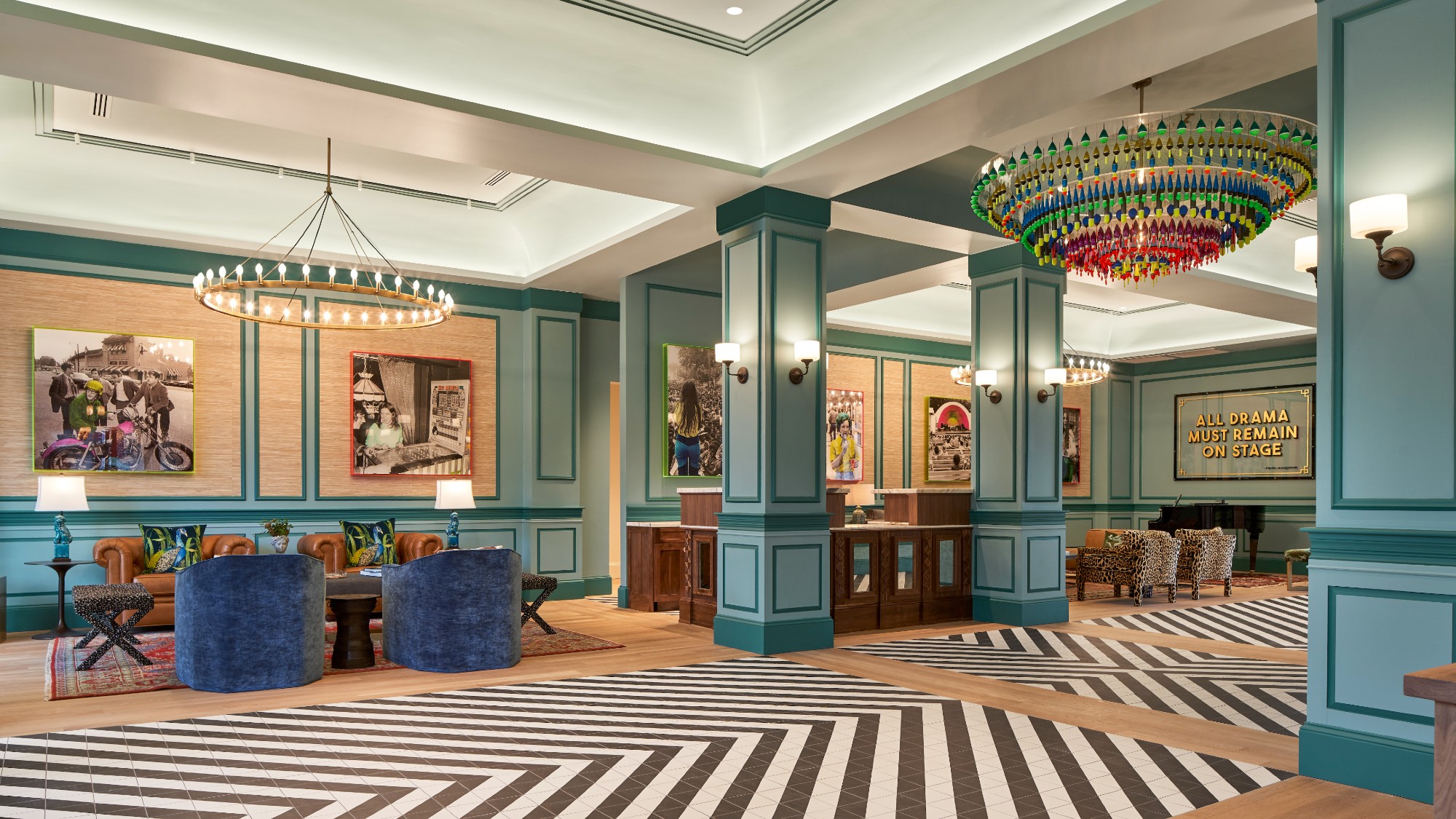 Sleep like you are in a gallery at these art-filled hotels
Sleep like you are in a gallery at these art-filled hotelsThe Week Recommends Prepare to be inspired
-
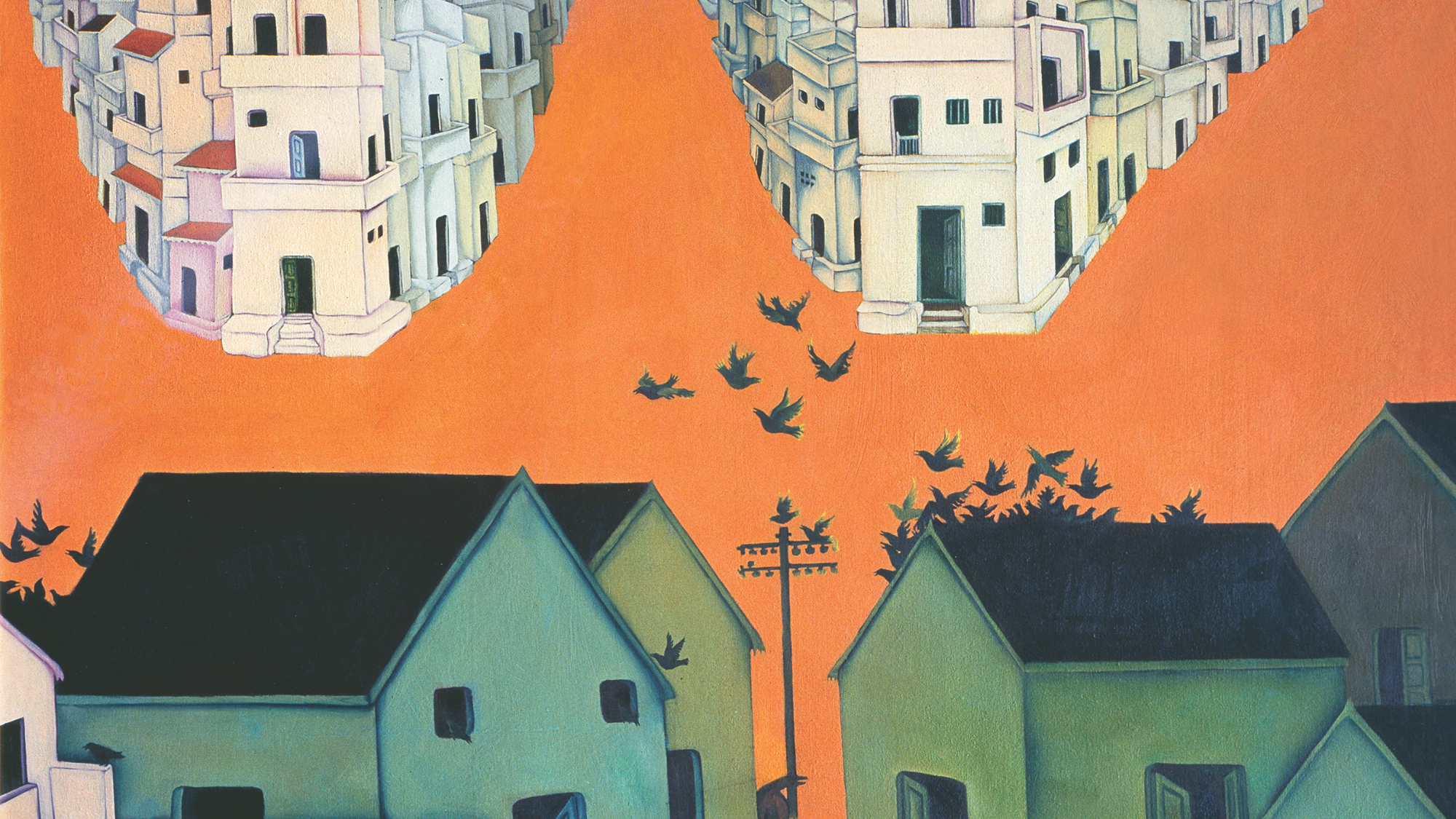 The Imaginary Institution of India: a 'compelling' exhibition
The Imaginary Institution of India: a 'compelling' exhibitionThe Week Recommends 'Vibrant' show at the Barbican examines how political upheaval stimulated Indian art
-
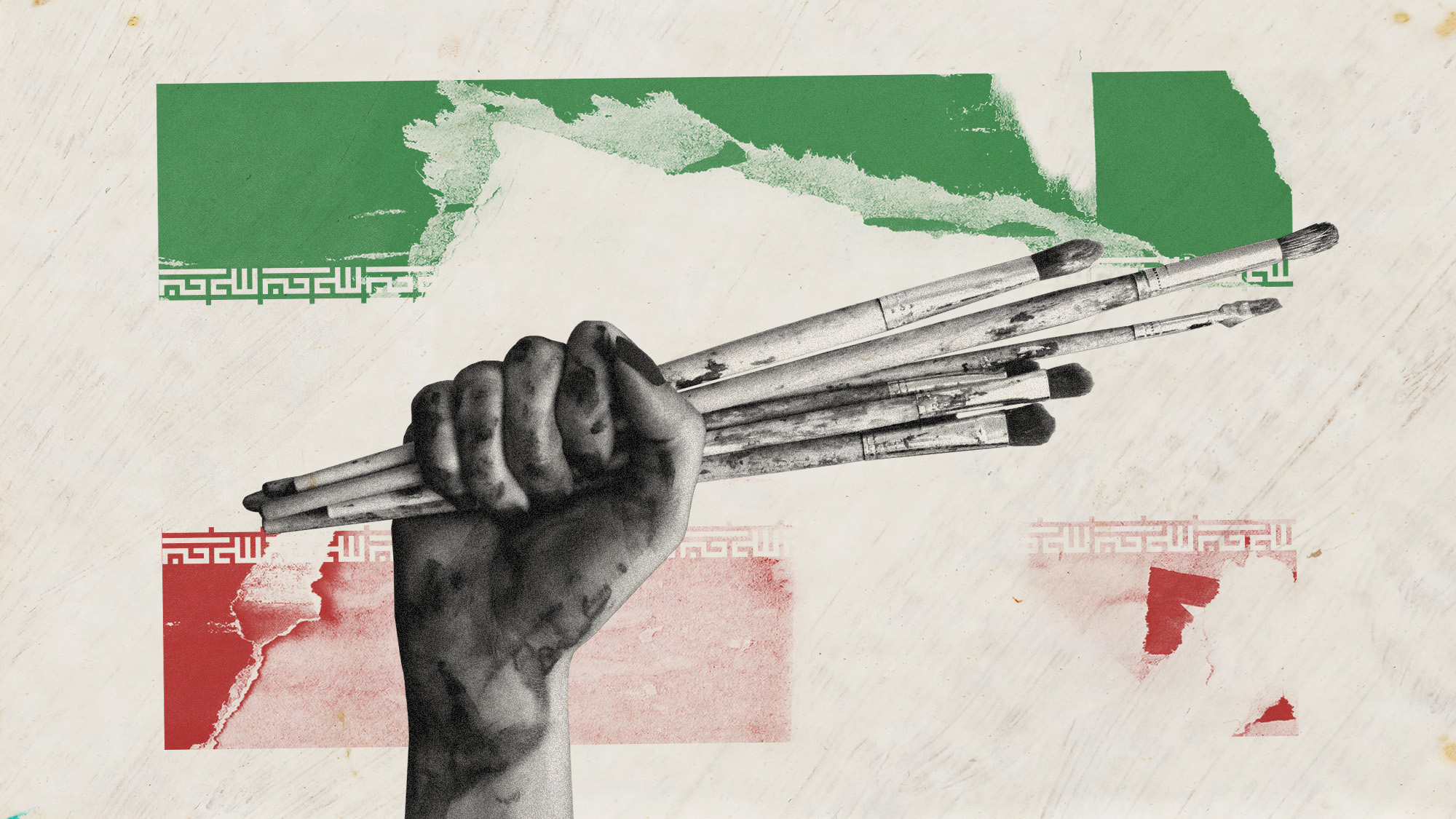 Art and protest in Iran
Art and protest in IranUnder the Radar Regime cracks down on creatives who helped turn nationwide Woman, Life, Freedom protests 'into a cultural uprising'
-
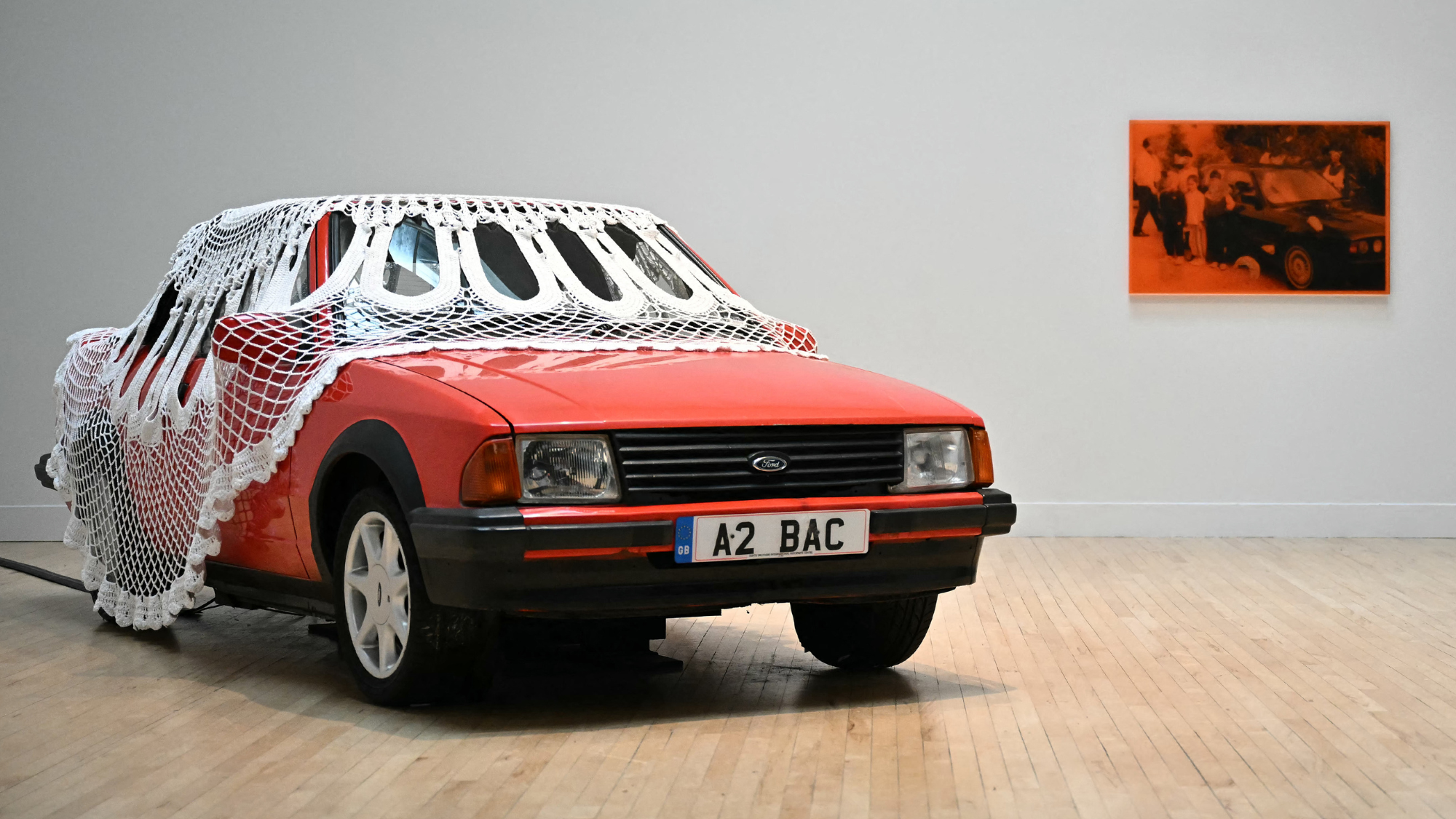 Turner Prize 2024: has the art world's infamous award lost its power?
Turner Prize 2024: has the art world's infamous award lost its power?Talking Point As the award returns for its 40th anniversary, critics call for a revamp of 'sorry embarrassment of a prize'
-
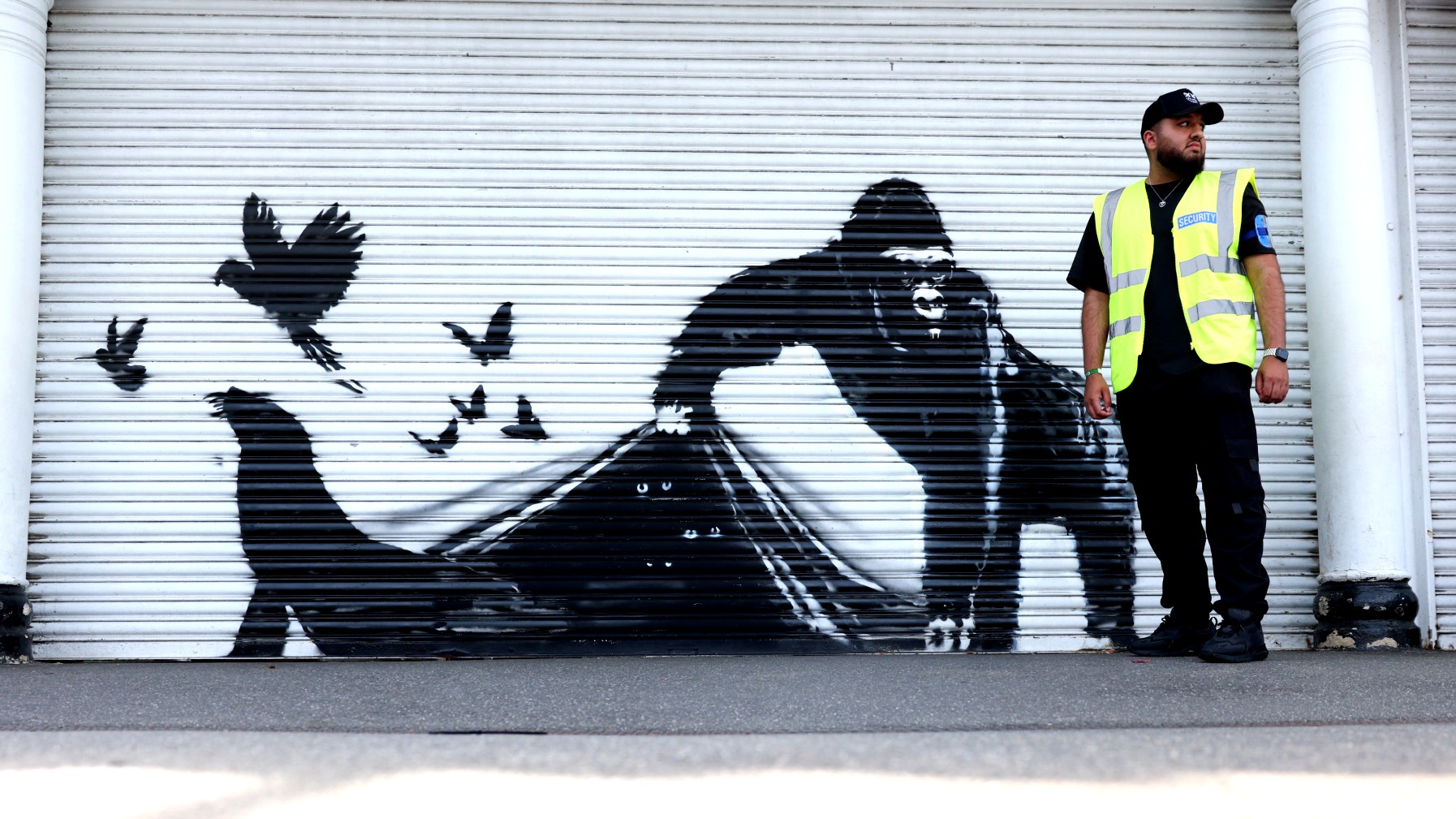 Banksy's animal art: method to the mystery?
Banksy's animal art: method to the mystery?In the Spotlight Elusive artist's daily series in London sparks joy – and widespread speculation about its meaning
-
 Francis Alÿs: Ricochets – a 'heart-stopping' exhibition at London's Barbican
Francis Alÿs: Ricochets – a 'heart-stopping' exhibition at London's BarbicanThe Week Recommends 'Mesmerising' films of children at play around the world from Kharkiv to Mosul
-
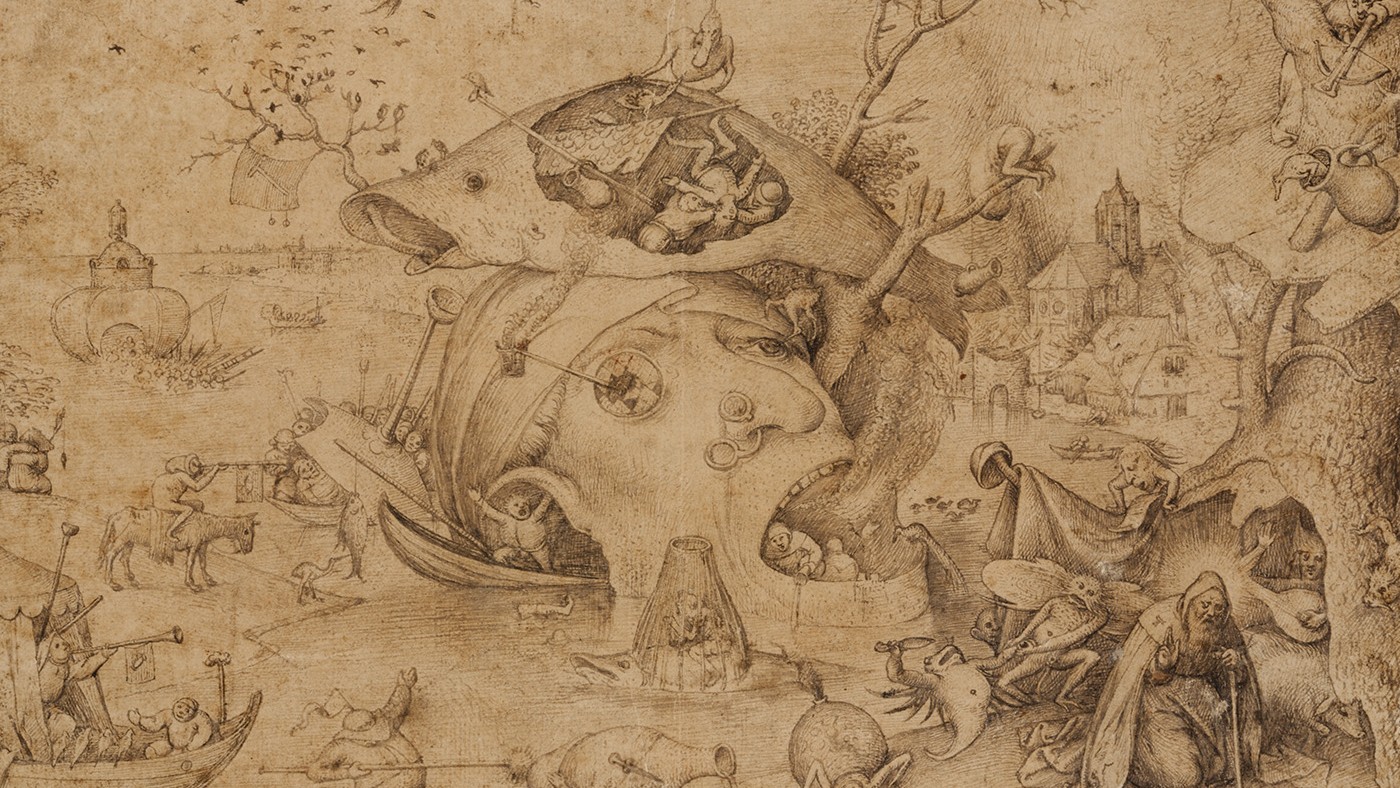 Five exhibitions to visit this spring
Five exhibitions to visit this springThe Week Recommends From 'subversive' textiles to exquisite Flemish drawings, there's something for every art lover
-
 The art world and motherhood: the end of a final taboo?
The art world and motherhood: the end of a final taboo?Talking Point Hettie Judah's new touring exhibition offers a 'riveting riposte' to old cliches